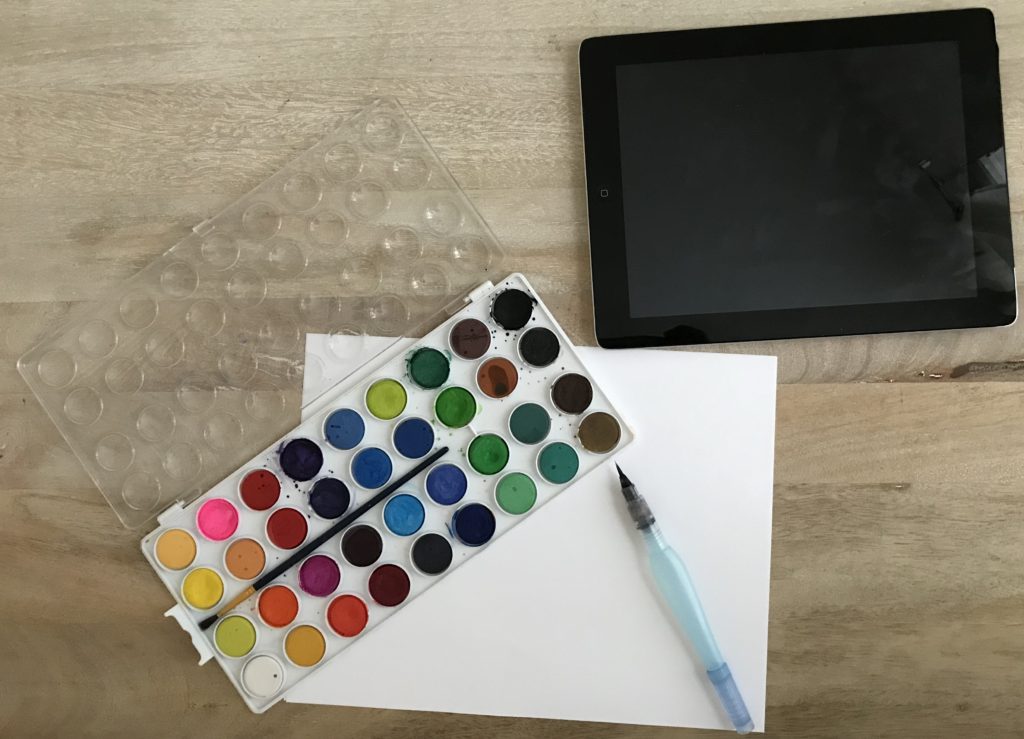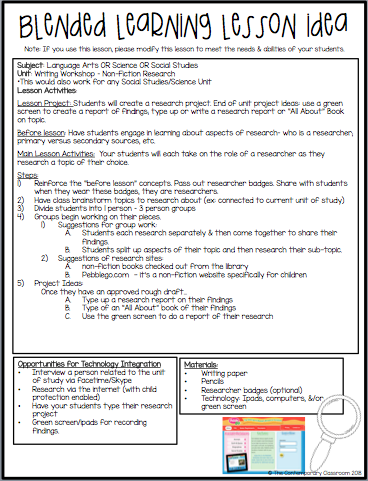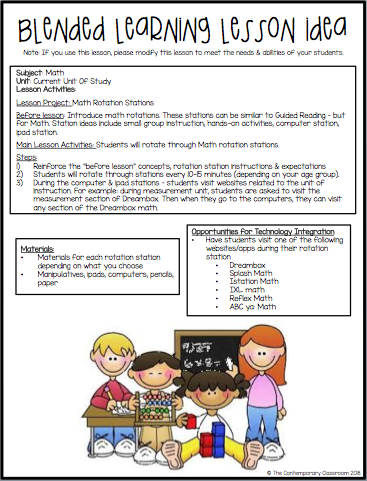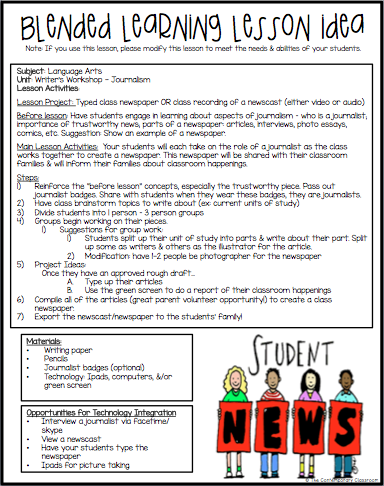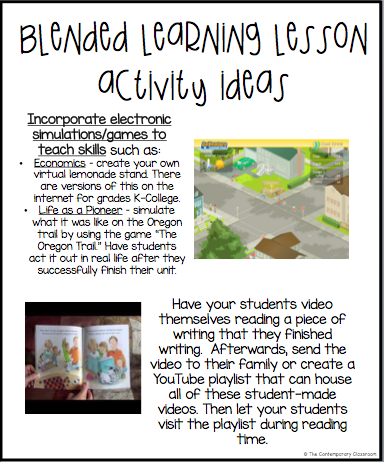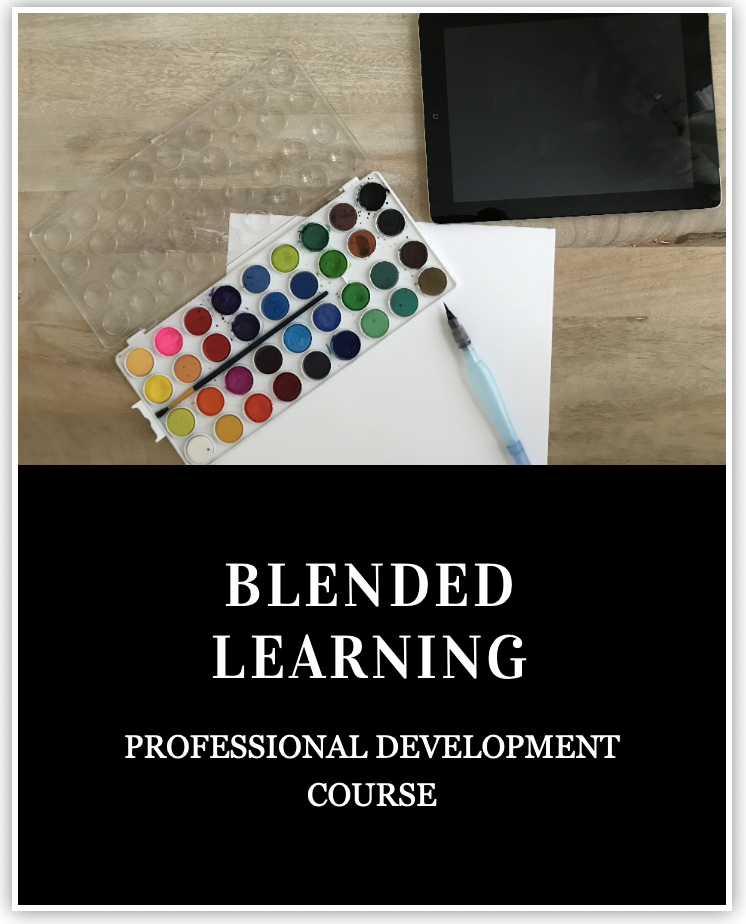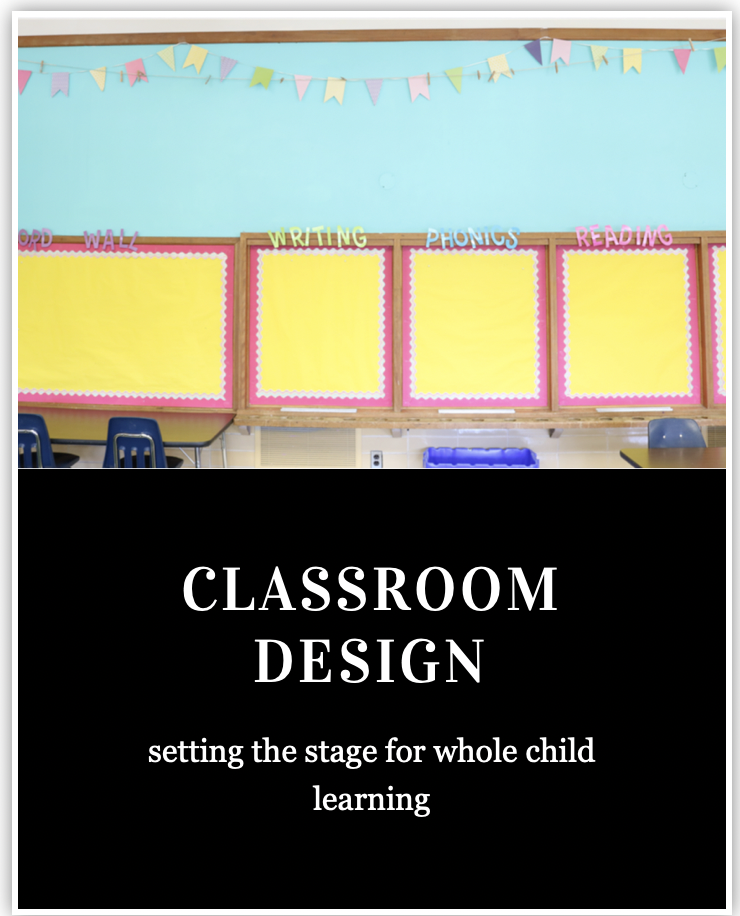As Needed: to help supplement the curriculum.
This is decided by the teacher on an “as needed, case-by-case, basis.”
For example: a student engages in online learning as a form of remediation or extension.
This provides students equity as students are getting what they need to succeed in learning & fosters student engagement as they are able to access the information since it is on their academic level of understanding.
Rotation: Students move between online learning and traditional teacher instruction.
For example:
1) A class who is learning about Life as a Pioneer. The students rotate between activities that offer instruction on this concept. One activity is playing the video game, “The Oregon Trail,” to learn about what life was like for pioneers.
2) While learning how to solve addition math facts students rotate between activities including: teacher small group lesson, differentiated math apps such as Reflex Math for fact fluency or Dreambox for conceptual understanding; hands on partner games; etc.
This provides students fairness as every child will experience blended learning. Having clear expectations & thoughtful design of how technology is integrated, such as differentiated activities via technology, will foster student engagement. Using technology programs that differentiate based on students needs will provide equity & access for students.
Flex: Online learning is the major source of student instruction & on-site teachers offer support as needed.
Examples:
1) While students learn how to keyboard via an online keyboarding program, a teacher rotates and provides assistance/instruction as needed
2) teacher projects a youtube video to teach all students how to make a “Monster” bookmark, teacher pauses video after each step to allow students time to do the step and seek help if needed.
If the programs used differentiate based on student need, this will provide equity & access for students. When used correctly & in a way that is developmentally appropriate for students, such as pausing the video to let them catch up & check for understanding, it will foster student engagement. Providing this opportunity for all students will provide fairness.
